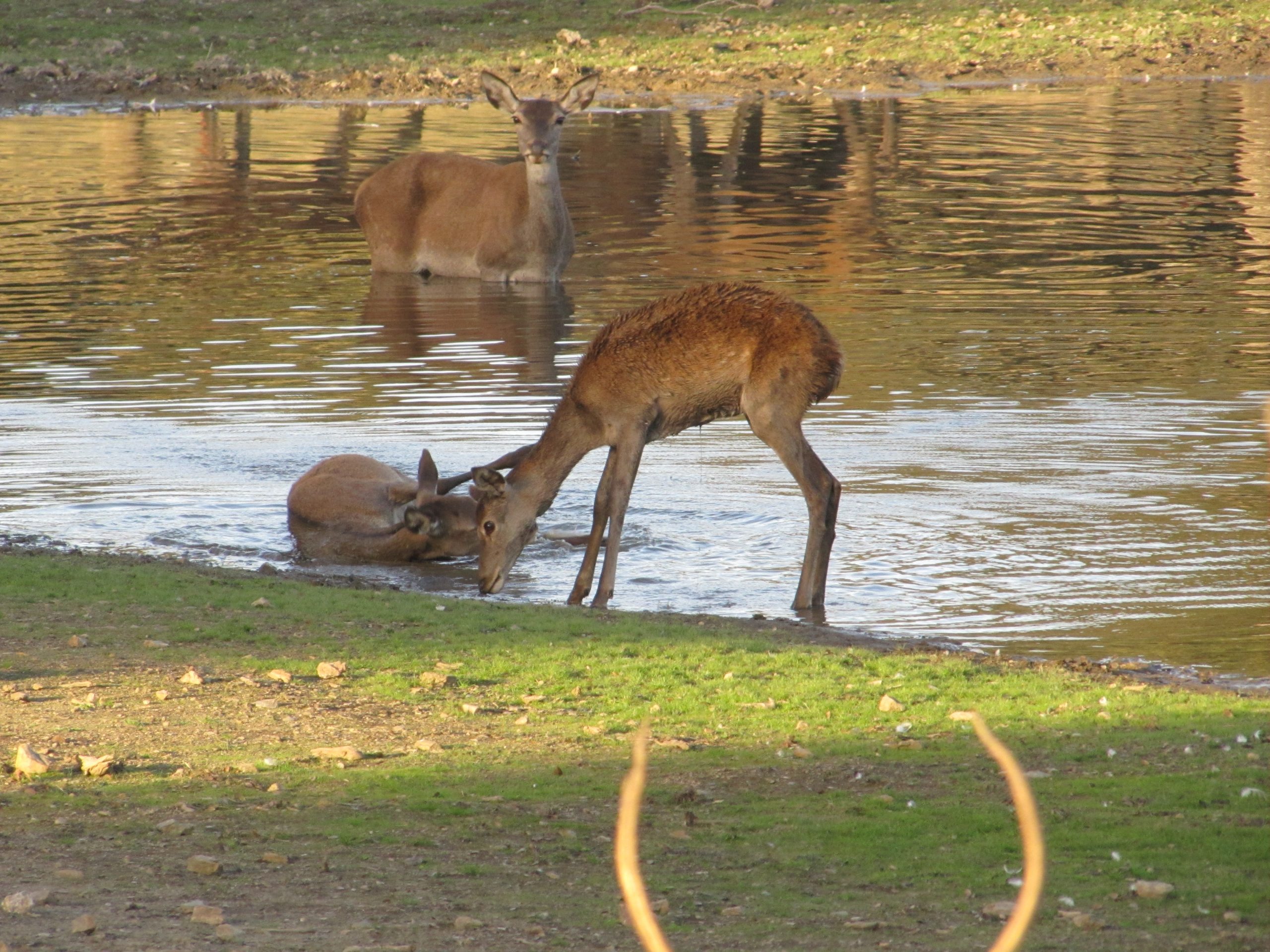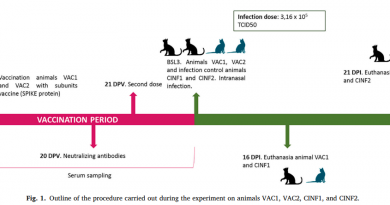Red deer reveal spatial risks of Crimean-Congo haemorrhagic fever virus infection
Tranboundary and Emerging Diseases
Abstract
Crimean-Congo haemorrhagic fever virus (CCHFV) continues to cause new human cases in Iberia while its spatial distribution and ecological determinants remain unknown. The virus remains active in a silent tick-animal cycle to which animals contribute maintaining the tick populations and the virus itself. Wild ungulates, in particular red deer, are essential hosts for Hyalomma ticks in Iberia, which are the principal competent vector of CCHFV. Red deer could be an excellent model to understand the ecological determinants of CCHFV as well as to predict infection risks for humans because it is large, gregarious, abundant, and the principal host for Hyalomma lusitanicum. We designed a cross-sectional study, analysed the presence of CCHFV antibodies in 1,444 deer from 82 populations, and statistically modelled exposure risk with host and environmental predictors. The best-fitted statistical model was projected for peninsular Spain to map infection risks. Fifty out of 82 deer populations were seropositive, with individual population prevalence as high as 88%. The highest prevalence of exposure to CCHFV occurred in the south-west of the Iberian Peninsula. Climate and ungulate abundance were the most influential predictors of the risk of exposure to the virus. The highest risk regions were those where H. lusitanicum is most abundant. Eight of the nine primary human cases occurred in or bordering these regions, demonstrating that the model predicts human infection risk accurately. A recent human case of CCHF occurred in north-western Spain, a region that the model predicted as low risk, pointing out that it needs improvement to capture all determinants of the CCHFV infection risk. In this study we have been able to identify the main ecological determinants of CCHFV, and we have also managed to create an accurate model to assess the risk of CCHFV infection. This article is protected by copyright. All rights reserved.




